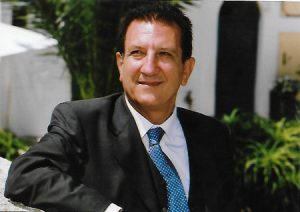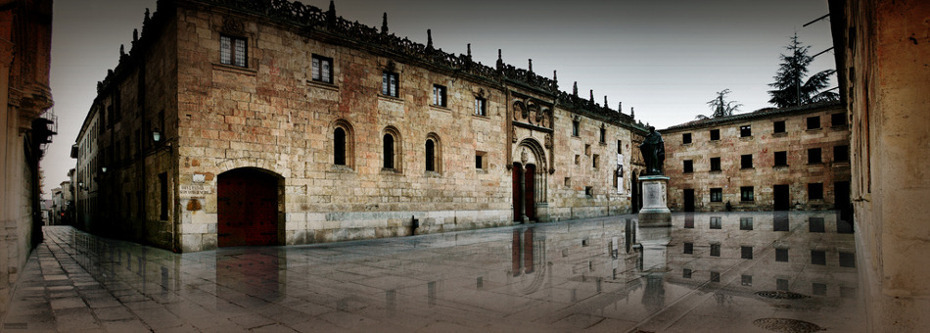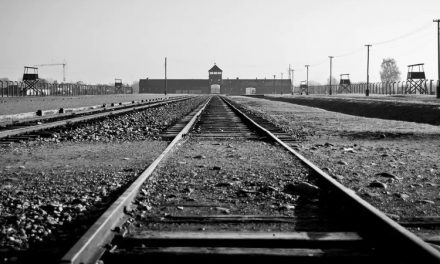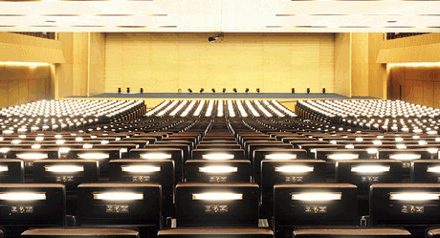Ángel Aguirre, full academician of the Royal European Academy of Doctors-Barcelona 1914 (RAED), pays his particular tribute to the University of Salamanca on the occasion of its eighth centenary in the article “Homenaje a la Universidad de Salamanca en sus 800 años de existencia (1218-2018)” (Homage to the University of Salamanca in its 800 years of existence (1218-2018)), that will publish Tribuna Plural, the magazine of the RAED, in its number 16, corresponding to the fourth quarter of 2017.
The University of Salamanca is the oldest of the Spanish universities and its university symbol par excellence. Founded as a General Study in 1218, it formed with the universities of Bologna (1088), Oxford (1096) and Paris (1200) the initial nucleus of late medieval universities that illuminated Europe. Its origin, like that of the great medieval European universities, were the cathedral schools. As Aguirre explains, as a derivation of the papal chair, the bishops implanted their doctrinal headquarters in the cathedral, where the canons advised the bishop juridically and theologically, also imparting teaching in the classrooms attached to the cathedral cloister (faculty cloister) with the objective of train the clergy. The doctoral canon taught the lessons on the canon law of the church and the magisterial canon taught Christian theology. The southern universities of Bologna and Salamanca focused their teaching on law, while those in Oxford and Paris did so in theology.

Dr. Ángel Aguirre Baztán
The academician points out how the current title of doctor appears referred to the teachers for the first time in Spanish in the “Book of Alexandre” (S XIII). In 1480, the Catholic Kings promulgated in Toledo a law that ordered the attainment of the academic degrees of bachelor, magister and doctor. These degrees were recognized by the papal bulls of Innocent VIII (January 16, 1486) and of Alexander VI (July 26, 1493).
Aguirre reviews the curriculum, the academic rituals and the didactic system of the centre throughout its long history and focuses on its two key figures, Fray Luis de León, who pronounced his well-known sentence “as we said yesterday” after his forced absence of the classrooms to be imprisoned for five years by the Inquisition, and Miguel de Unamuno, rector during the Spanish Civil War.





